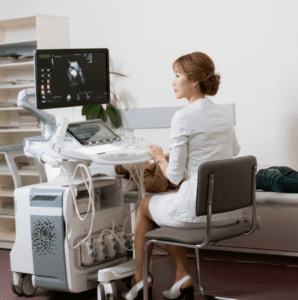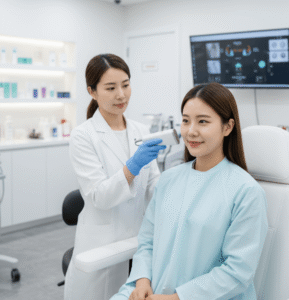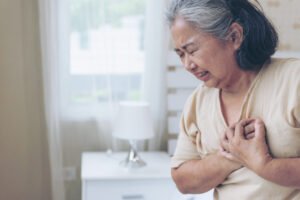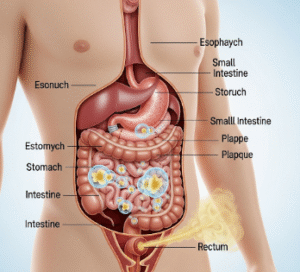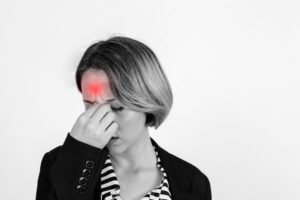Overview
Syndrome of central pain, also known as central pain syndrome (CPS), is a chronic neurological condition caused by damage or dysfunction in the central nervous system (CNS) — including the brain, brainstem, or spinal cord. This condition results in persistent, often severe pain that may occur anywhere in the body, even in areas without direct injury. It can develop after strokes, multiple sclerosis, spinal cord injuries, or brain injuries.
What is Syndrome of Central Pain?
Central pain syndrome is a neuropathic pain disorder arising from lesions or dysfunction within the CNS. Unlike pain caused by damaged tissues or nerves outside the CNS, CPS originates from miscommunication of pain signals in the brain and spinal cord. Patients often experience sensations such as burning, stabbing, or aching pain, which can be constant or intermittent.
Symptoms
- Persistent burning, aching, stabbing, or shooting pain
- Increased sensitivity to touch or temperature changes
- Pain triggered by normally non-painful stimuli (allodynia)
- Worsening pain with stress, fatigue, or movement
- Possible sleep disturbances and emotional distress
Causes
- Stroke (especially involving the thalamus)
- Multiple sclerosis (MS)
- Spinal cord injury
- Brain injury or surgery
- Tumors affecting the CNS
- Infections or inflammatory diseases of the CNS
Risk Factors
- History of stroke or brain injury
- Neurological diseases like MS or Parkinson’s
- Spinal cord trauma
- Older age (higher stroke and injury risk)
- Poorly managed CNS inflammation or infection
Complications
- Severe chronic pain impacting daily activities
- Depression and anxiety due to persistent discomfort
- Sleep disorders
- Reduced mobility and quality of life
- Social withdrawal and isolation
Prevention
- Prevent strokes through blood pressure control, healthy diet, and exercise
- Prompt treatment of CNS infections or inflammation
- Injury prevention strategies (helmet use, fall precautions)
- Early rehabilitation after brain or spinal cord injury
Treatment Options in Korea
In South Korea, treatment for central pain syndrome combines advanced medical technology with personalized pain management strategies. Options may include:
- Medications:
- Antidepressants (e.g., amitriptyline, duloxetine)
- Anticonvulsants (e.g., gabapentin, pregabalin)
- Pain modulators and muscle relaxants
- Interventional Therapies:
- Spinal cord stimulation (SCS)
- Deep brain stimulation (DBS) for severe cases
- Nerve blocks
- Rehabilitation & Physical Therapy:
- Neuromodulation techniques
- Exercise programs to improve function and pain tolerance
- Psychological Support:
- Cognitive-behavioral therapy (CBT)
- Stress and pain coping strategies
- Integrative Korean Medicine:
- Acupuncture
- Herbal medicine and moxibustion as supportive care
Many specialized neurology and pain clinics in Seoul, Busan, and Daegu offer multidisciplinary programs combining neurology, pain medicine, rehabilitation, and integrative therapies.





